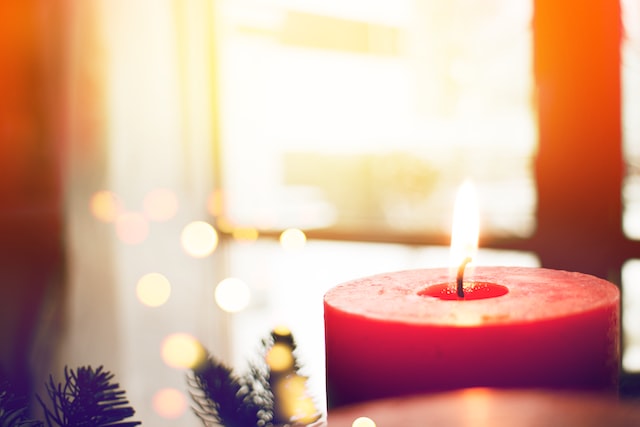It is very important to choose the right wick for your candle because it will affect how your candle will burn, how long it will last, whether it will produce carbon build-up or not, and whether it will produce efficient scent throw or not. Moreover, you should consider the following factors:
The diameter of the candle
If the candle has a wide diameter, it will require more heat so that the melt pool can reach the edge of the container. Therefore, you will need to select a big wick that can produce enough heat to melt the whole surface of the wax in the container. On the other hand, if it has a small diameter, it needs a small wick to produce enough heat to melt it slowly so it can last for longer.
The type of wax
Different waxes have different melting points and densities. Therefore, different waxes will require different levels of heat from your wick so the candle can burn well.
The color and fragrance
The type of fragrance oil and dye you choose will affect how the candle burns. For instance, if you use scents and dyes which are not specifically made for making candles, they can affect how it burns. Therefore, you should only use oil-based scents and dyes. Other things like food coloring, alcohol-based perfumes, mica, and crayons can interfere with combustion.
Types of wicks
Flat braid wicks
They are manufactured using high-performance fibers. They are self-trimming and produce a clean burn. In addition, they produce a hotter and more efficient flame. One example under this category is the high tensile paper wick (HTP). They can be used with paraffin and beeswax systems.
Cored Wicks
They have an outer layer of knitted fibers that surround the core material. The core material provides rigidity to help the wick stay upright in a molten pool of wax. Examples of core materials are paper, cotton, zinc, and hemp.
Wooden wicks
Wooden wicks for candle making from Bramble Berry are becoming more popular every day because they provide a great visual aesthetic and produce a crackling sound when burning. In addition, they have other benefits like; they produce little to no carbon build-up, soot, and debris.
Square wicks
They curl during burning, which reduces carbon build-up. In addition, you can use them in all types of wax systems. If your candle is properly wicked, it should burn smoothly without flickering too much. Moreover, the wax should melt across the entire surface of your container and extend from one end to another. Furthermore, your container’s temperature should not be too hot, and it should not be more than 150° for tins and 175° for glass. In addition, the flame should not produce smoke or soot and it should be one inch tall. The flame should never be more than 3 inches tall and when the wax has fully melted, the melt pool should be between a quarter and three-quarters inches deep.
Conclusion
In conclusion, you will know you have chosen the right wick if your candle is burning cleanly with little to no carbon build-up. Moreover, it will burn slowly and last for longer, have maximum scent throw, and produce no soot.
Read More:


